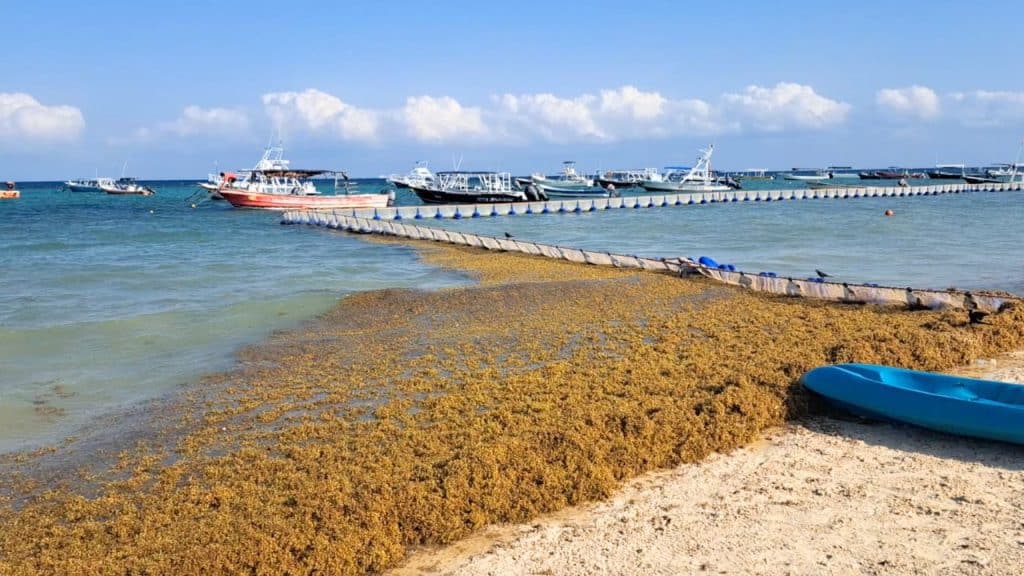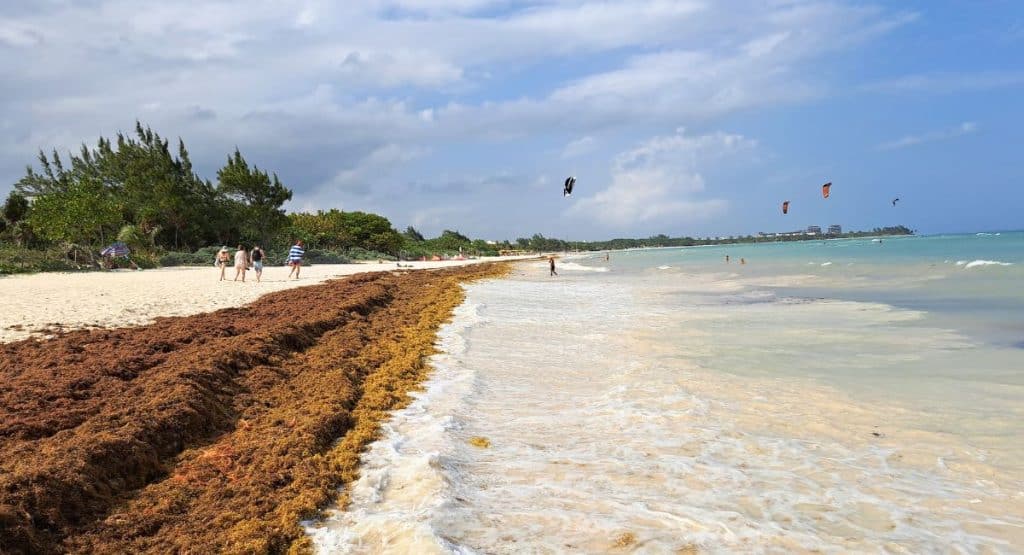Mexican Caribbean Is Seeing The Biggest Seaweed Arrival Of 2024 Season
3 min readStunning turquoise waters of the Mexican Caribbean have turned brown in recent days due to a massive arrival of seaweed. The seaweed situation in the Mexican Caribbean had been very positive in the first 3 months of 2024. Various reports showed notably less sargassum than in the previous seaweed seasons but that changed on April 6. Travelers in the Mexican Caribbean and our journalists in the area started uploading photos to our Facebook seaweed reporting group of what seems to […]
The post Mexican Caribbean Is Seeing The Biggest Seaweed Arrival Of 2024 Season appeared first on Traveling Lifestyle.
Stunning turquoise waters of the Mexican Caribbean have turned brown in recent days due to a massive arrival of seaweed.
The seaweed situation in the Mexican Caribbean had been very positive in the first 3 months of 2024. Various reports showed notably less sargassum than in the previous seaweed seasons but that changed on April 6. Travelers in the Mexican Caribbean and our journalists in the area started uploading photos to our Facebook seaweed reporting group of what seems to be a major increase in sargassum arrival on popular beaches like Playa del Carmen, Playacar, Tulum, etc.
Video recorded by our journalist on April 6 showcases the first arrival on Coco beach in Playa del Carmen which was absolutely clean the day before.
On April 8, a seasoned traveler Brendan H., lamented how much beaches in Mexico have changed in the last 20 years: “My wife and I have been vacationing in Playa for over 20 years. Sargassum ruined it. So sad!”
“Last time I was there [Playacar], the beach was loaded with it [sargassum], the hotel had a tractor to clear it driving back and forth all day, it didn’t help much. Climate change in action,” said a beachgoer named Simon R., on April 9.
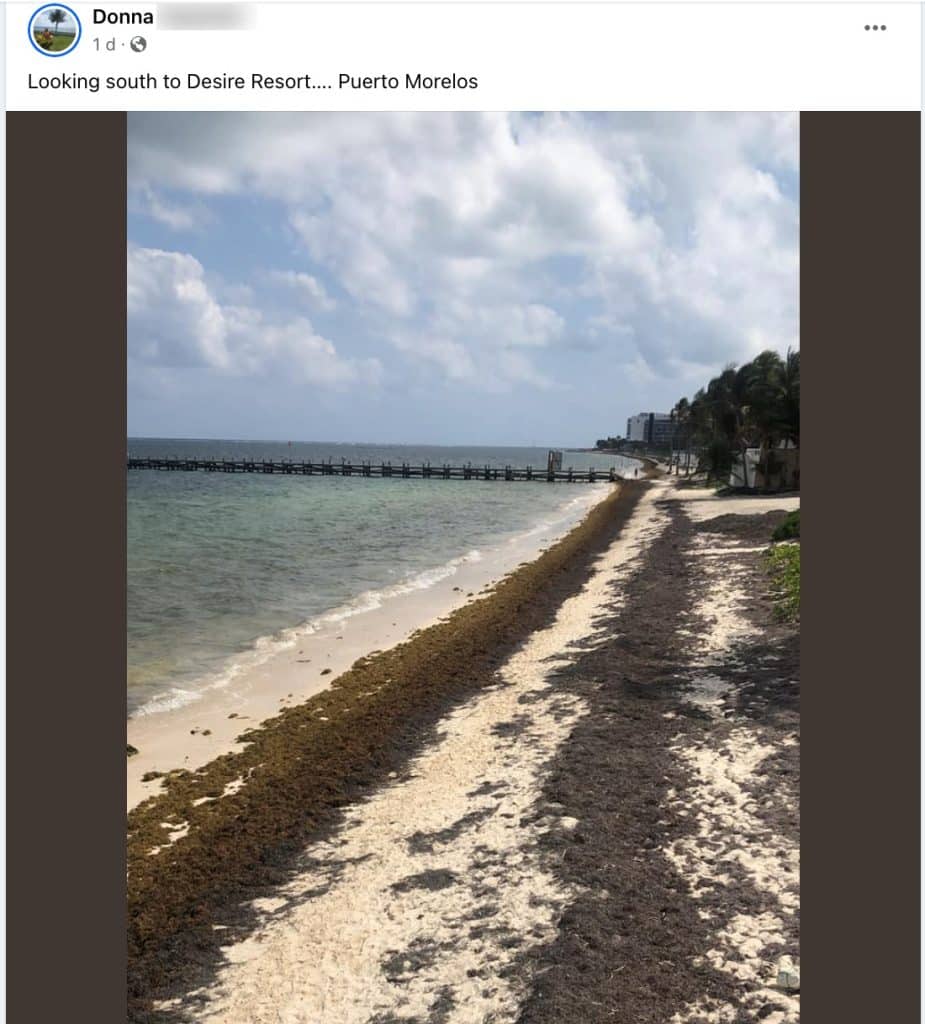
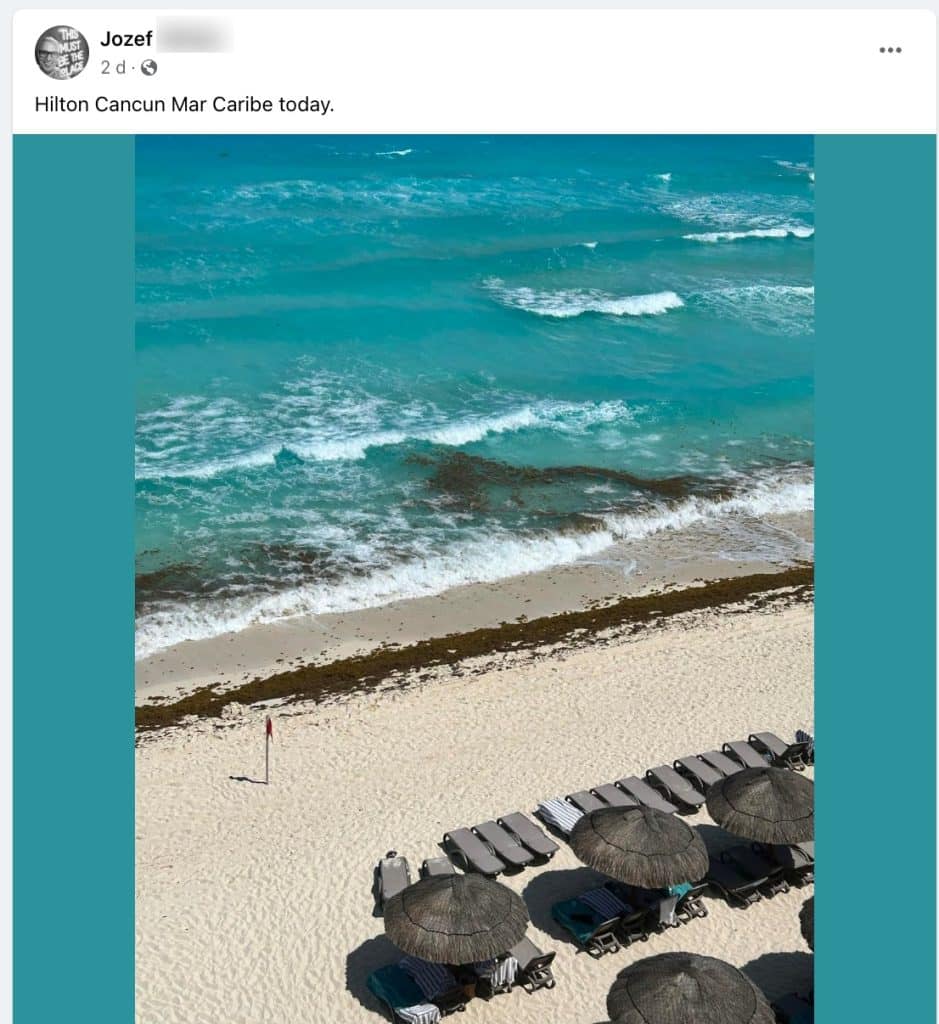
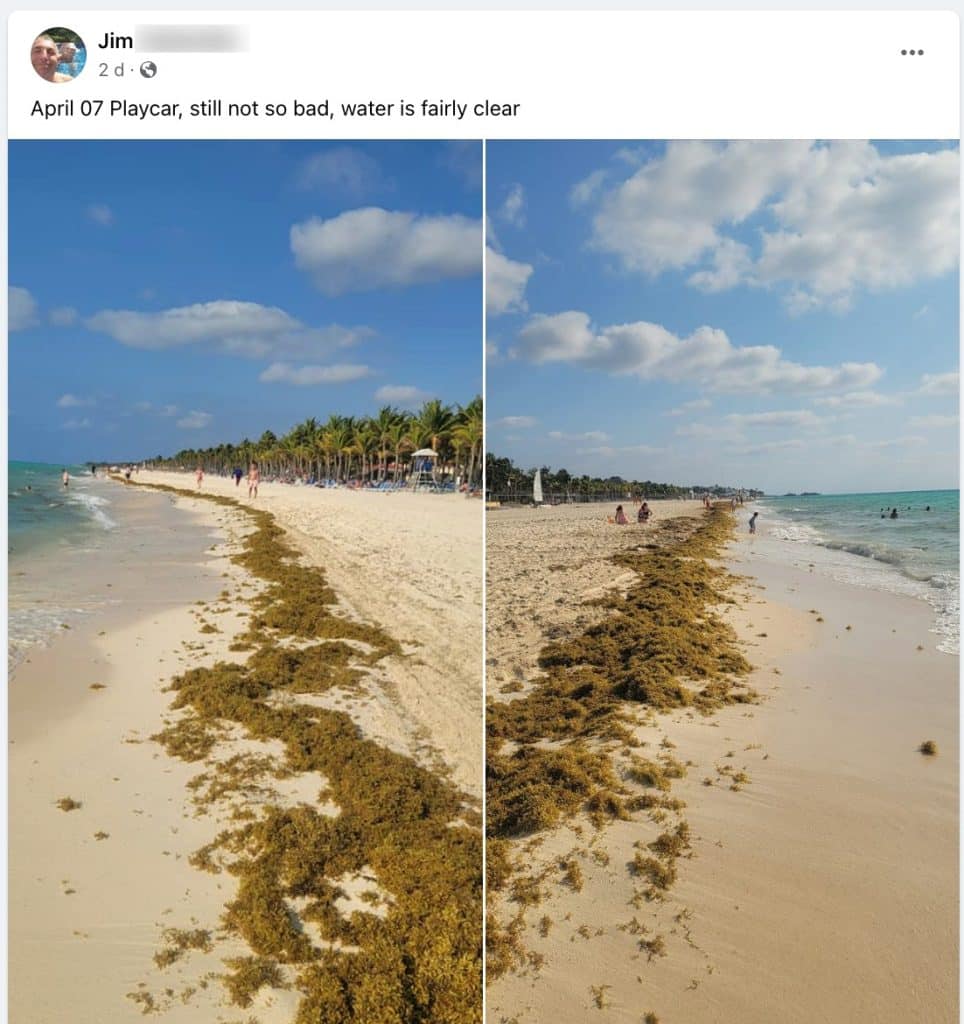
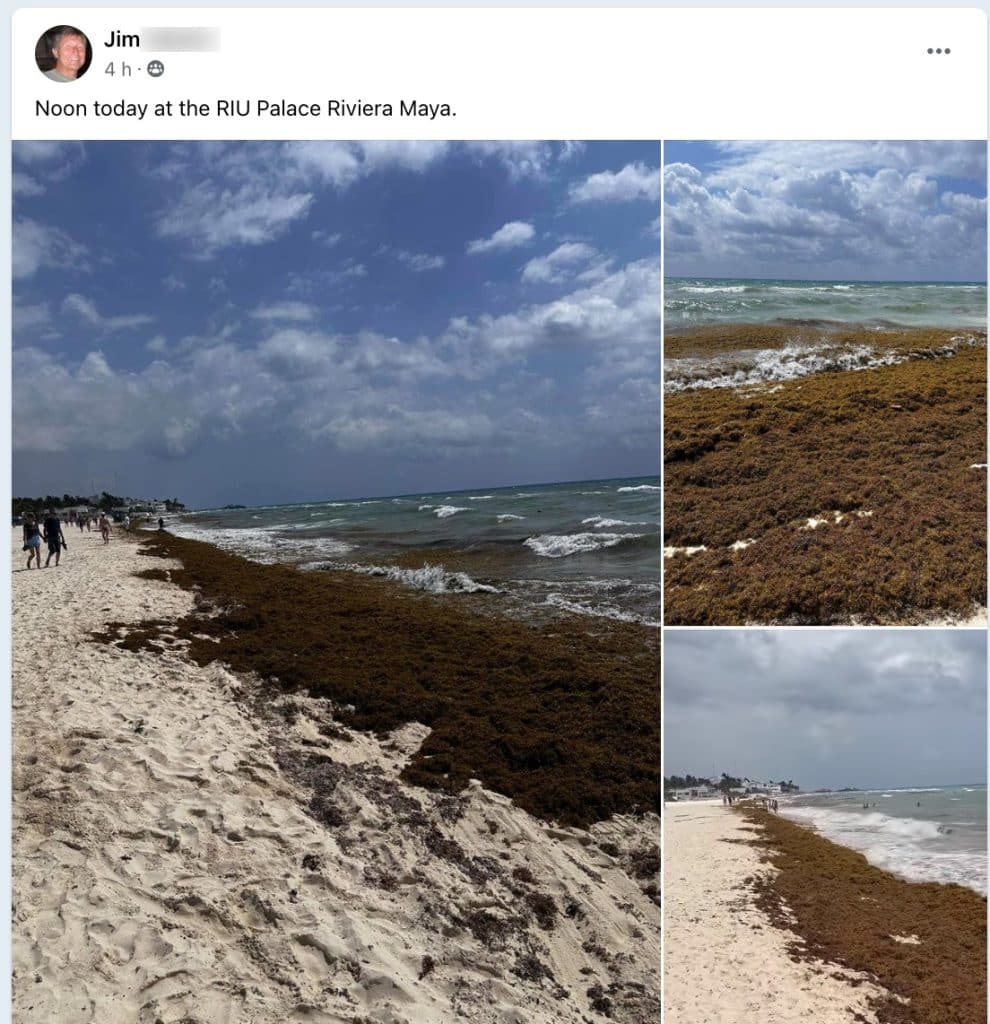
Other beaches like Isla Mujeres, which historically have been protected from sargassum for its privileged geographical position, have also started to receive some amounts of the smelly seaweed: “Actually. [I] was there today on the south side. Was not good. Cloudy, seaweed and ugly,” said Patty Drinkwater on April 8.
Other tourists have caught cleaning personnel on camera acutely operating heavy machinery to get rid of the algae invading some beaches of Playa del Carmen, but it seems just impossible to get it all out of the water.
Video recorded by our journalist on April 9:
[embedded content]
Why is the seaweed season only starting now?
Authorities, beachgoers, and local vendors have been reporting a significant reduction in sargassum arrival throughout the beginning year.
According to Bartolo Canché, an aquatic tour seller, by the end of January 2023, Tulum was covered with sargasum. This year instead, the first sargassum blobs started to arrive at the end of March.
Sargassum collected on Tulum, Cobá, Playa del Carmen, Tancah, and Pole beaches between January and February 2024, was 800 tones less than in the same timeframe in 2023.
So far, mild temperatures in the ocean have kept sargassum at bay. But summer is around the corner and the inevitable will happen and the Mexican Caribbean will start seeing more sargassum in weeks and months.
What’s causing sargassum seaweed?
Martín Meléndez, Professor at the Technological Institute of Santo Domingo (INTEC), explains that the rise in water temperatures, global warming and an excess of nutrients discharged into oceans by the agricultural industry are causing sargassum to grow uncontrollably and head to Caribbean beaches “without the help of cyclones.”
That’s why, he says, we are seeing sargassum throughout the year and not only during summer when high temperatures favor its reproduction.
Sargassum originates at the north end of the Amazon River and the coasts of West Africa, from Sierra Leone to Ghana. Then, thermohaline currents (caused by temperature and salt) bring it to the Caribbean.
Regardless, this time around, the forecast is not as obscure as it was in previous years.
Diego Reina Anduze, Director of “The 7 Natural Wonders of America,” stated that the fight against sargassum requires synergy among governments, scientists, local communities, and the private tourism industry.
